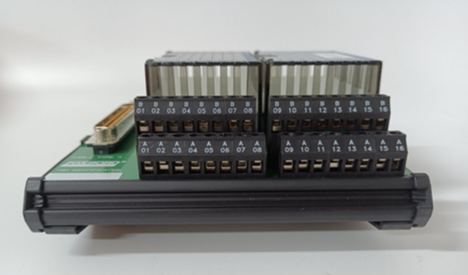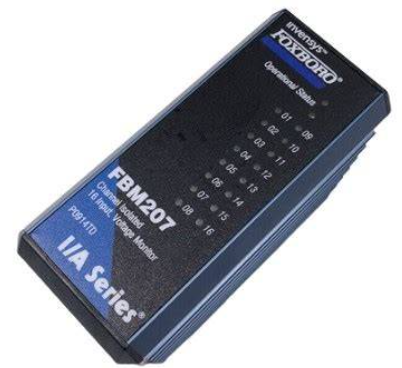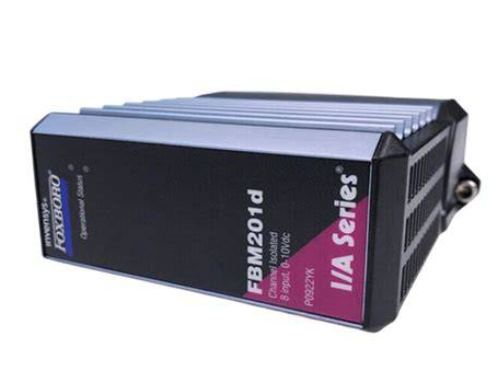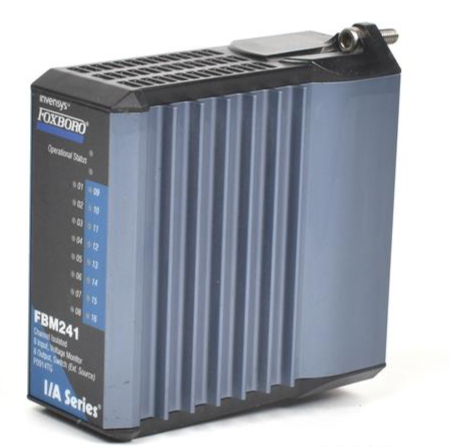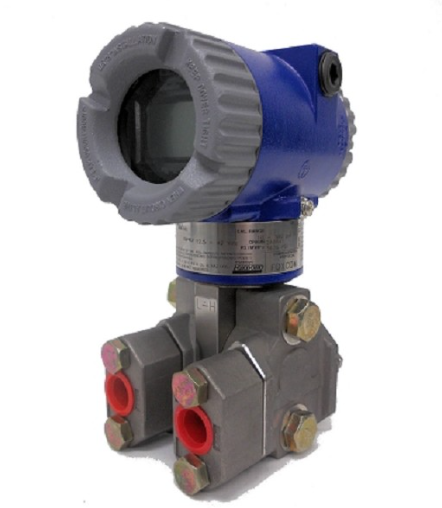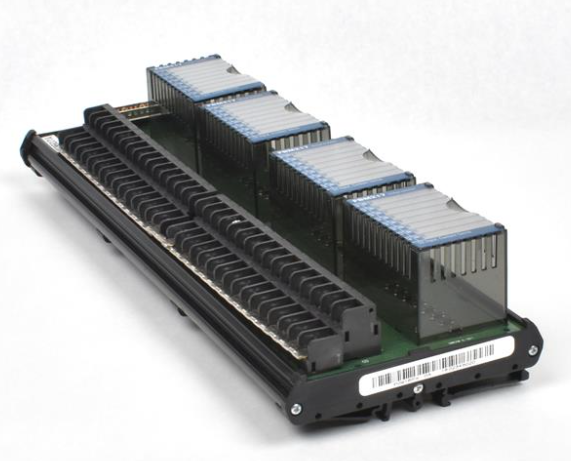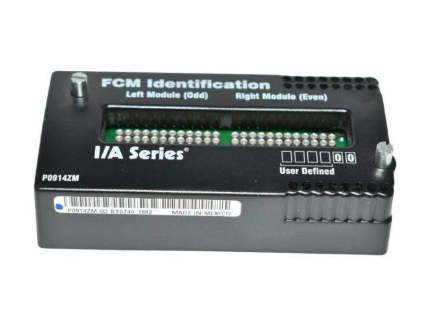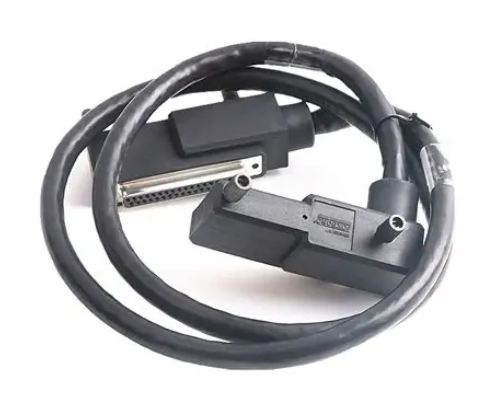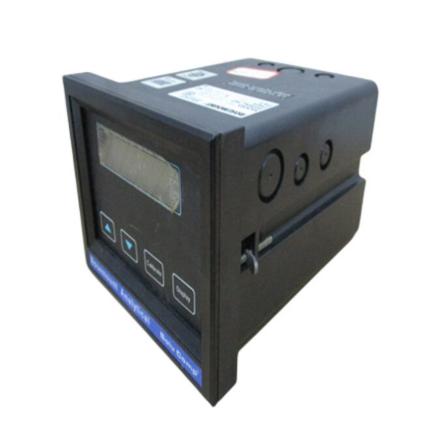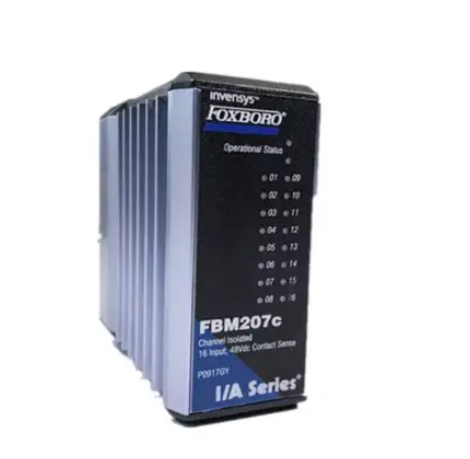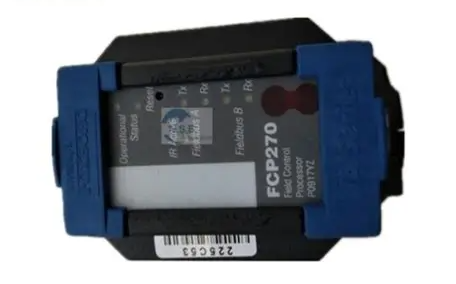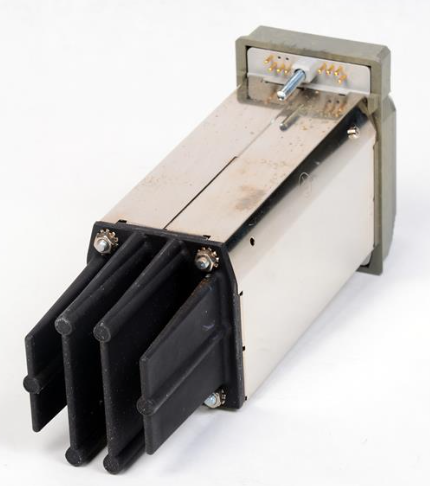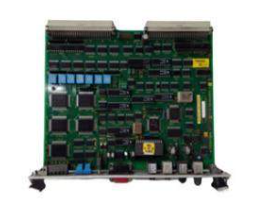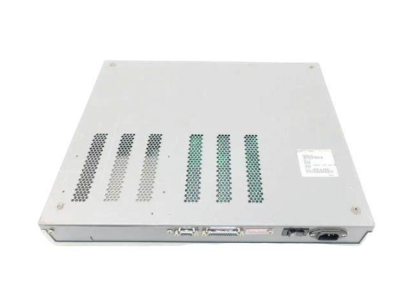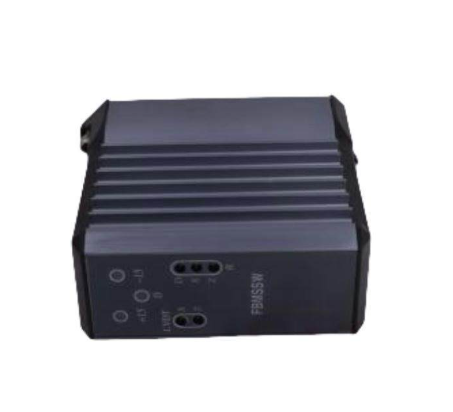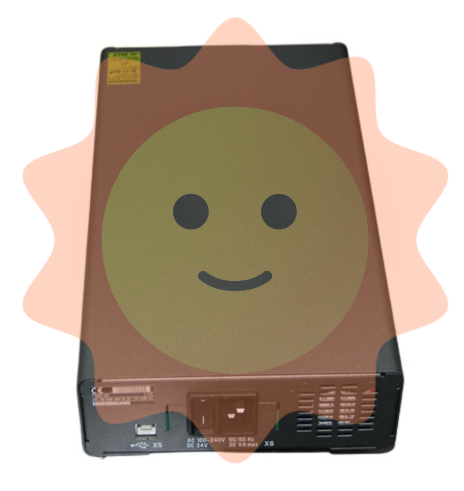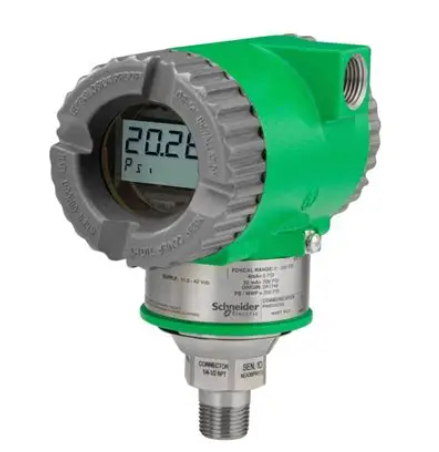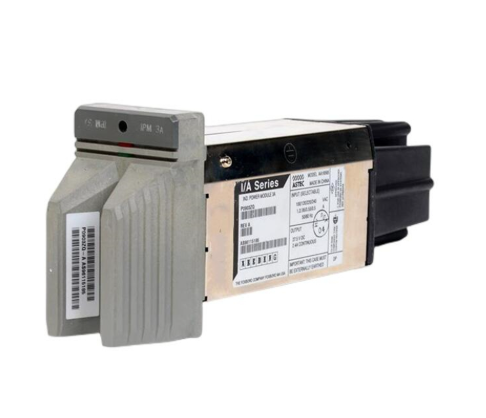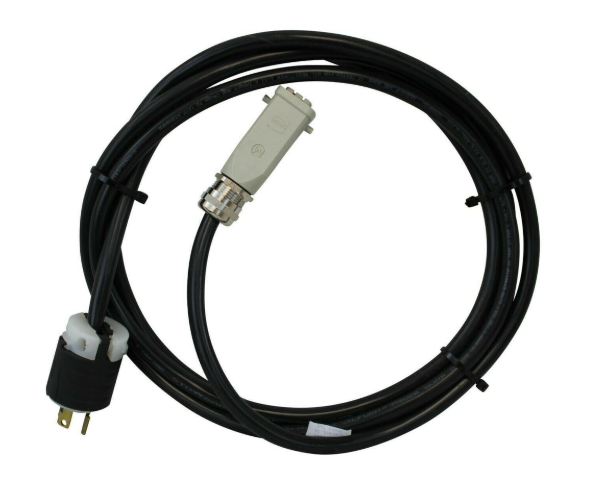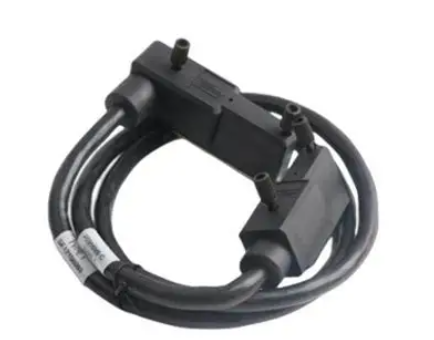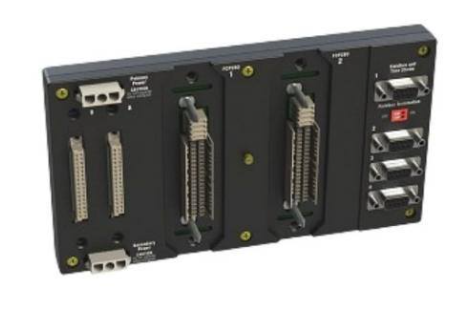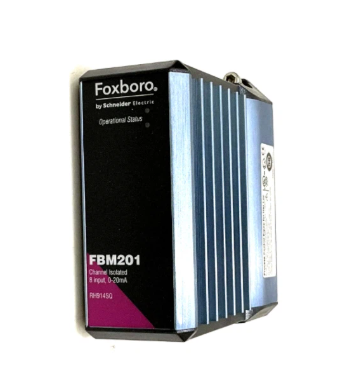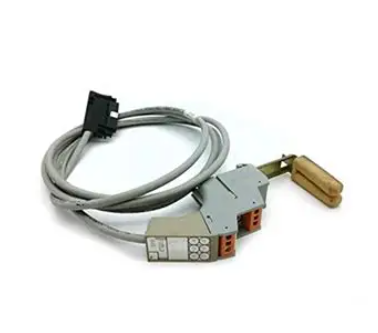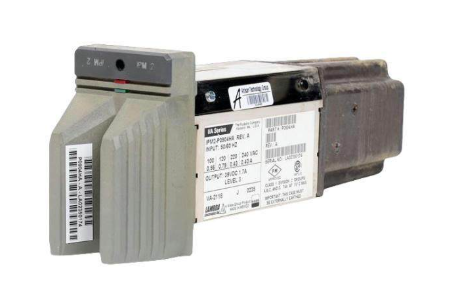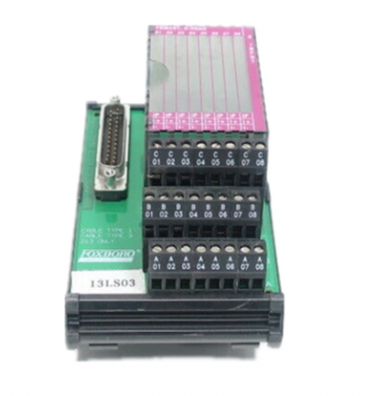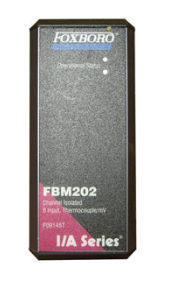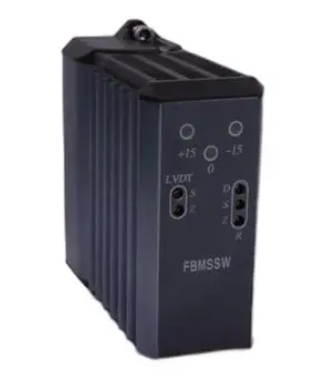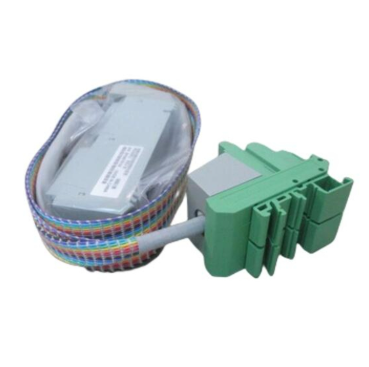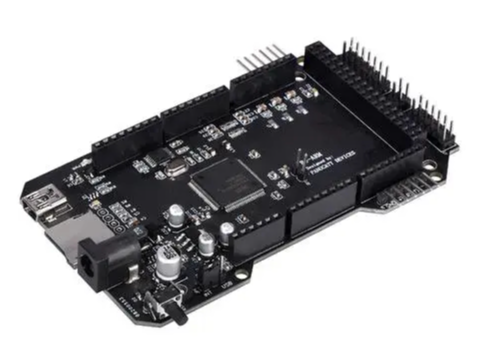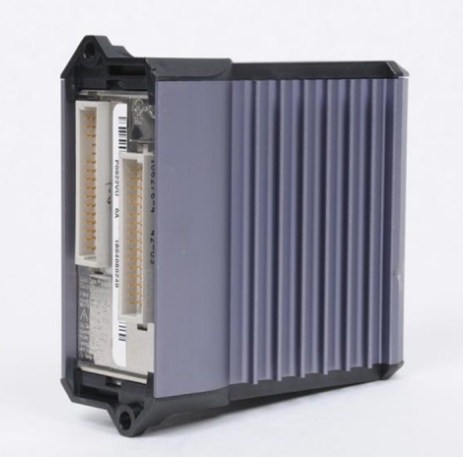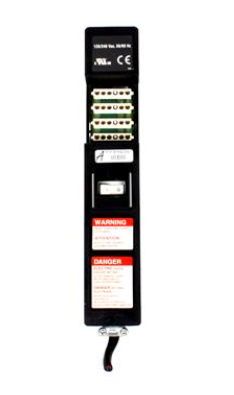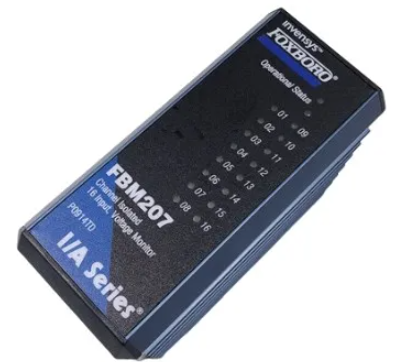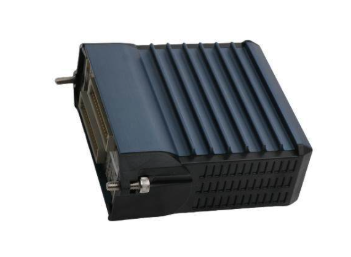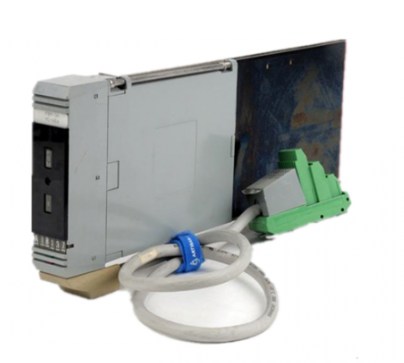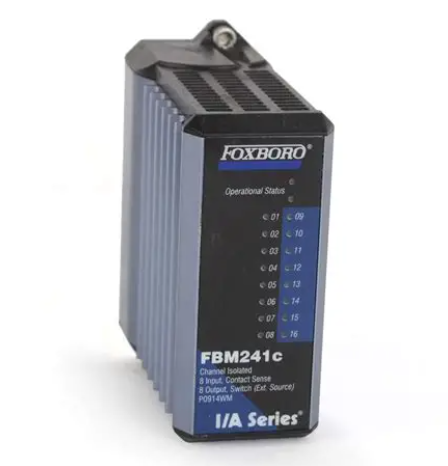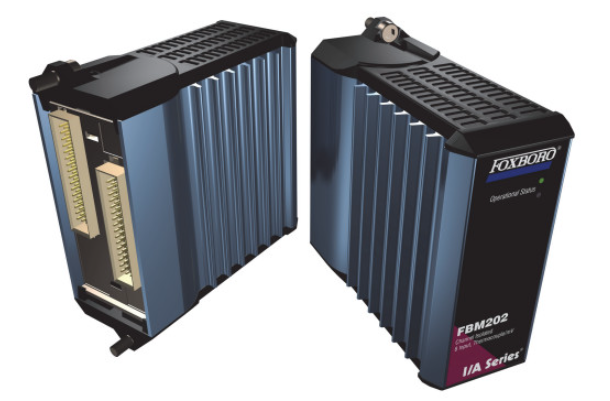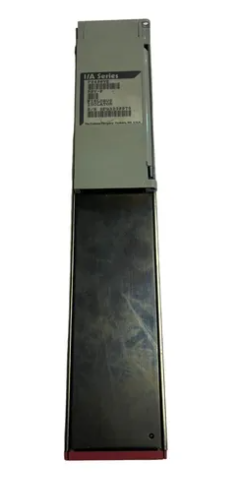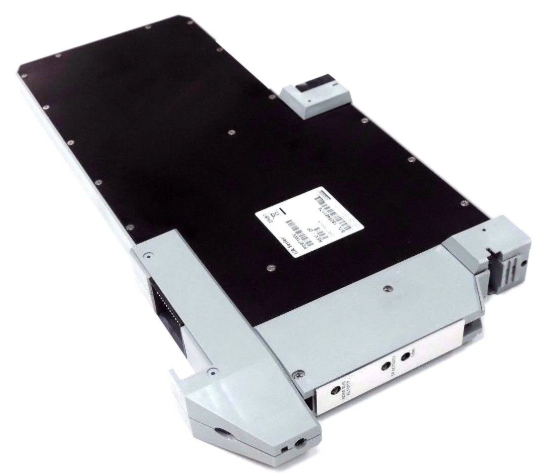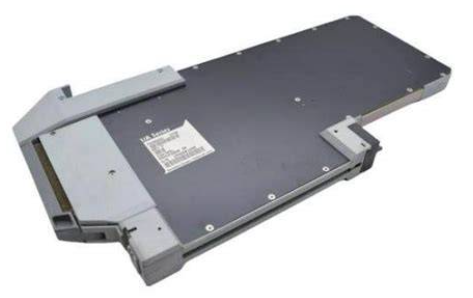Environmental protection water treatment
What are the reasons for the stability of colloid that can exist in water?
(1) The surface of the colloid is charged;
(2) There is a water level on the surface of the colloid;
(3) The surface of the colloid absorbs some substances that promote the stability of the colloid.
What is the purpose of using coagulants?
1) Improve the structure of the floc, make its particles grow, strong and heavy;
2) Adjust the PH value and alkalinity of the treated water to achieve the best coagulation conditions and improve the coagulation effect; Coagulants themselves do not coagulate, but can promote the coagulation process of impurities in water.
the basic concept of coagulation?
Because the colloidal particles in the water are negatively charged, they repel each other, and at the same time, they continue to do "brown motion" in the water is extremely stable, not easy to sink, when the right amount of coagulant is added, the tiny colloidal particles in the water can be destabilized, resulting in adsorption bridging, flocculation into flocculent rapidly sinking, this process is called coagulation.
What are the main factors affecting the coagulation effect?
1) PH of water: such as the hydrolysis of PAC to produce Al(OH)3 colloid, when the PH is 6.5-7.5 the smallest dissolution, coagulation effect is good;
2) alkalinity of water: When the alkalinity is insufficient, the coagulant continuously produces H+ in the hydrolysis process, which decreases the PH value and the coagulation effect;
3) Water temperature: when the temperature is low, the viscosity of water is large, the hydrolysis rate is slow, the formation of floc is slow, and the structure is loose, and the particles are small and not easy to precipitate;
4) The composition of impurities in water: the nature and concentration have a great impact on the coagulation effect.

What is the relationship between the form of carbonic acid in water and PH?
1) When PH value ≤4.3, only CO2(free) in water;
2) When PH value =8.3-3.4, more than 98% are HCO3-;
3) When PH >8.4, there is no CO2 in the water
the purpose of boiler water treatment?
1) Prevent the accumulation of sediment and corrosion of water and steam in the operation of the boiler body and affiliated systems. Improve the heat transfer efficiency of boiler.
2) Ensure steam quality, prevent scaling and corrosion of turbine components, reduce boiler blowdown losses and improve economic benefits under the condition of ensuring water quality
the working principle of centrifugal pump?
Centrifugal pump is the use of impeller rotation to produce centrifugal force water to work, the pump before starting, must pump shell and suction pipe are full of water, and then start the motor, so that the pump shaft drive impeller and water for high-speed rotating motion, water under the action of centrifugal force thrown to the outer edge of the impeller, and collected into the pump shell, through the flow channel of the vortex pump shell into the pressure water pipe.
At the same time, the center of the impeller of the pump forms a vacuum because the water is thrown out, and the water in the suction pool is sucked into the impeller through the suction pipe under the action of atmospheric pressure. The impeller keeps rotating, and the water is constantly thrown out and constantly replenished. This creates a continuous flow of water from the centrifugal pump.
What is the regeneration of resin?
After softening or desalting, the resin loses the ability to exchange ions. At this time, acid, alkali or salt can be used to reduce and regenerate it to restore its exchange ability, and this process of restoring the ability of the resin is called the regeneration of the resin.
What are the main factors affecting the resin work exchange capacity?
(1) the quality of water in the influent;
(2) Control index of exchange end point;
(3) the height of resin layer;
(4) Water temperature and flow speed;
(5) The effect of exchanger regeneration and the performance of the resin itself.

What are the chemical properties of resin?
1) Reversibility of ion exchange reactions, such as:
RH+Na+RNa+H+
2) Acid-base:
ROHR+OH-; RHR+H+
3) Selectivity: The adsorption of different ions by ion-exchange resins is not the same.
4) Resin exchange capacity
Positive resin
Fe3+>Al3+>Ca2+>Mg2+>K+≈NH4+>Na+
Negative resin:
SO42->NO3->Cl->HCO3->HSi
What is the pollution of mixed bed resin?
1) Suspended pollution: mostly in the form of Yang resin. Strengthen the pretreatment of raw water.
2) Organic pollution: mainly occurs in strong alkali Yang resin. Main resuscitation methods: Soak the resin in a mixture of NaOH(1-4%) and NaCl(5-12%) for 24 hours.
3) Heavy metal ion iron pollution: mostly formed in negative resin, strengthen the corrosion of pipes and equipment, reduce the Fe content of water, and increase iron removal measures.
What are the main reasons for the deterioration of RO film performance?
1) Chemical changes of the film itself: hydrolysis of the film, free chlorine, and oxidation interference of active chlorine
2) The physical changes of the film itself: the compaction of the film reduces the water permeability and increases the salt removal rate; Membrane contamination: fouling, microorganisms, solid particles on the surface or inside the membrane.
the process principle of the security filter?
Is the use of 5um pore pp filter for mechanical filtration, so that the remaining trace suspended particles in the water, colloidal microorganisms, etc., are trapped or adsorb on the surface of the filter and the gap. With the increase of water production time, the filter element solid intercept makes its resistance rise, when the inlet and outlet pressure difference increases to 0.1MPa, it should be replaced; The filter element of the filter is a replaceable cassette filter rod.
How to prevent scaling of RO film?
1) Do a good job of raw water pretreatment to ensure that SOI<4, while adding fungicides to prevent the breeding of microorganisms;
2) In the RO operation to maintain the appropriate working pressure, the general working pressure increases the water production also increases, but too much will make the film compacted.
3) During RO operation, the flocculation state of concentrated water should be maintained to reduce the concentration polarization of the solution on the membrane surface and avoid the precipitation of insoluble salt on the membrane surface;
4) When the RO is out of service, it should be dosed and washed in the short term, and CH2O protective liquid should be added for protection in the long term.
5) When the RO water is significantly reduced or the salt content is increased, the surface is scaled or polluted, and chemical cleaning should be carried out.

the role of NaHCO3 in the desalting process of RO device?
Eliminate or reduce the residual chlorine content in water to ensure the stability of RO components, our company's residual chlorine is less than 0.1mg/L.
What is the role of the electric slow-opening automatic valve set before the RO membrane assembly?
Prevent the sudden start and stop of the high pressure pump when the RO is running, resulting in high pressure impact on the RO membrane elements, forming a water hammer to destroy the RO membrane.
what is the filtration cycle? How many links does it involve? What is the role of each link?
Filter cycle is the actual running time between two backwashing, including: filtration, backwashing, and washing three links
Backwashing is to remove the accumulated dirt in the filtration process and restore the intercepting capacity of the filter mediu
Is positive washing guaranteed to run the filter? Water qualified is a necessary link, after the washing qualified to enter the cycle operation water.
activated carbon dechlorination principle
The removal of residual chlorine by activated carbon is not a physical adsorption, but a chemical reaction. When the free residual chlorine passes through the activated carbon, a catalytic effect is generated on its surface. The free residual chlorine is quickly hydrolyzed to oxygen atom (O) and chemically reacts with carbon atom to produce carbon dioxide, while the HCLO in the raw water is quickly converted into CO2 gas.
Comprehensive reaction:
C+2Cl2+2H2O→4HCl+CO2↑
According to the above reaction vessel, the activated carbon will be gradually reduced according to the amount of residual chlorine content in the raw water, and should be appropriately supplemented every year.
reverse osmosis process principle
RO is to remove most of the salt in the water by using the water permeable properties of the semi-permeable film. The raw water side of RO is pressurized, so that part of the pure water in the raw water passes through the membrane in the direction perpendicular to the membrane, the salts and colloidal substances in the water are concentrated on the surface of the membrane, and the remaining part of the raw water takes away the concentrated substances in the direction parallel to the membrane. Through the water only a small amount of salt, collected through the water, that is, to achieve the purpose of desalination.
- EMERSON
- Honeywell
- CTI
- Rolls-Royce
- General Electric
- Woodward
- Yaskawa
- xYCOM
- Motorola
- Siemens
- Rockwell
- ABB
- B&R
- HIMA
- Construction site
- electricity
- Automobile market
- PLC
- DCS
- Motor drivers
- VSD
- Implications
- cement
- CO2
- CEM
- methane
- Artificial intelligence
- Titanic
- Solar energy
- Hydrogen fuel cell
- Hydrogen and fuel cells
- Hydrogen and oxygen fuel cells
- tyre
- Chemical fiber
- dynamo
- corpuscle
- Pulp and paper
- printing
- fossil
- FANUC
- Food and beverage
- Life science
- Sewage treatment
- Personal care
- electricity
- boats
- infrastructure
- Automobile industry
- metallurgy
- Nuclear power generation
- Geothermal power generation
- Water and wastewater
- Infrastructure construction
- Mine hazard
- steel
- papermaking
- Natural gas industry
- Infrastructure construction
- Power and energy
- Rubber and plastic
- Renewable energy
- pharmacy
- mining
- Plastic industry
- Schneider
- Kongsberg
- NI
- Wind energy
- International petroleum
- International new energy network
- gas
- WATLOW
- ProSoft
- SEW
- wind
- ADVANCED
- Reliance
- YOKOGAWA
- TRICONEX
- FOXBORO
- METSO
- MAN
- Advantest
- ADVANCED
- ALSTOM
- Control Wave
- AB
- AMAT
- STUDER
- KONGSBERG
- MOTOROLA
- DANAHER MOTION
- Bently
- Galil
- EATON
- MOLEX
- Triconex
- DEIF
- B&W
- ZYGO
- Aerotech
- DANFOSS
- KOLLMORGEN
- Beijer
- Endress+Hauser
- MOOG
- KB
- Moxa
- Rexroth
- YAMAHA
- Johnson
- Westinghouse
- WAGO
- TOSHIBA
- TEKTRONIX


Email:wang@kongjiangauto.com










































